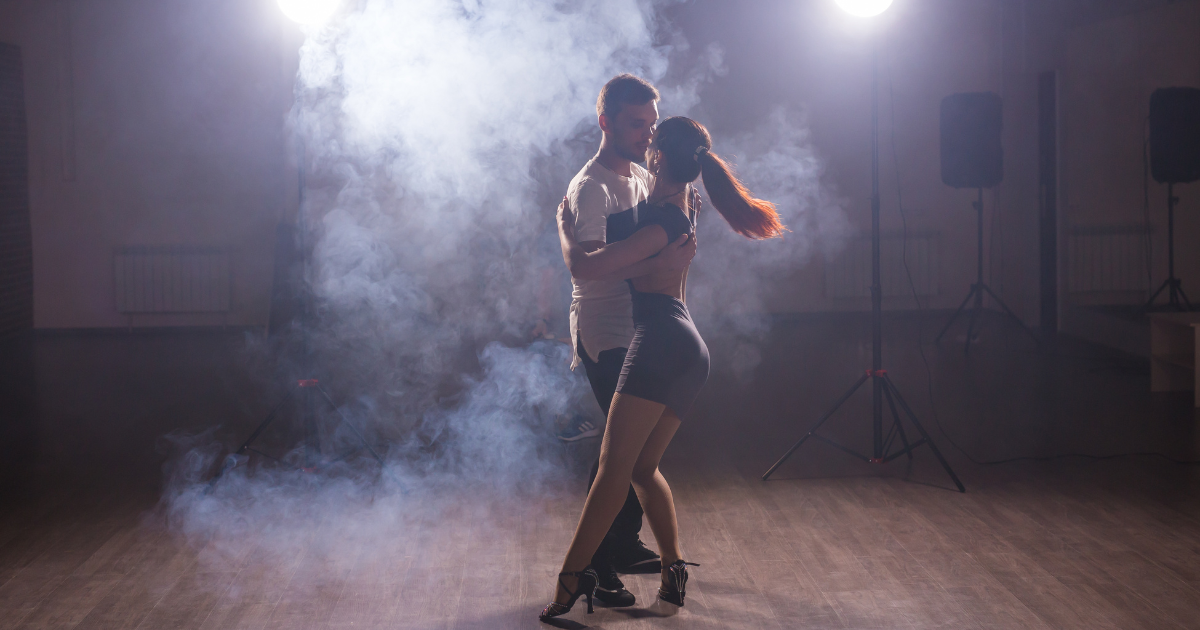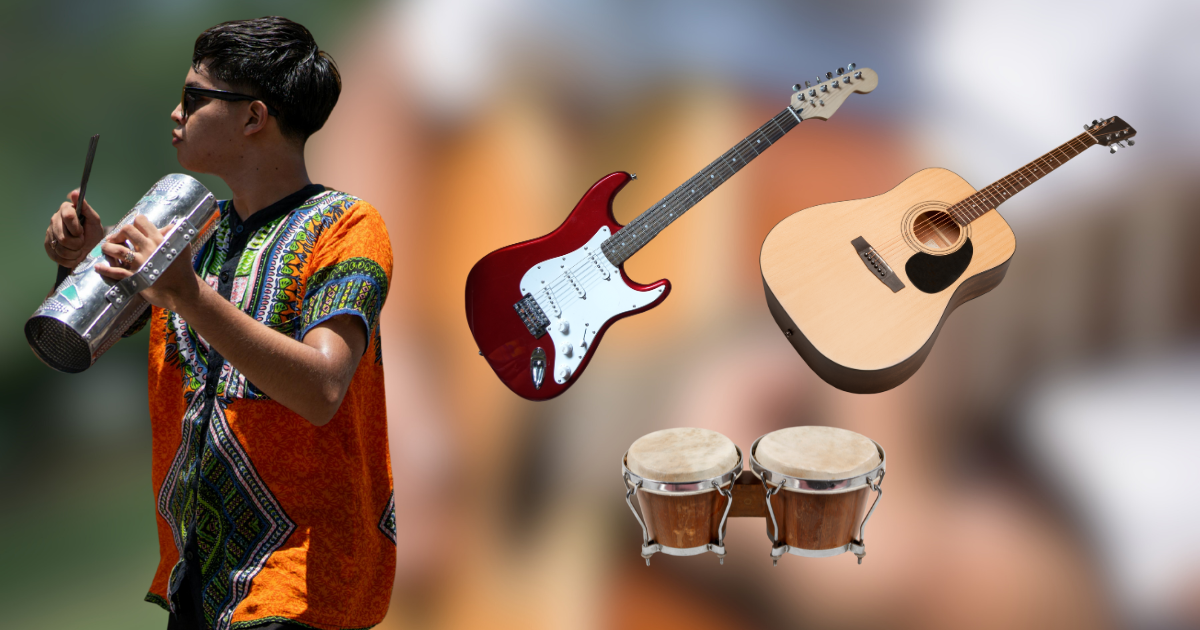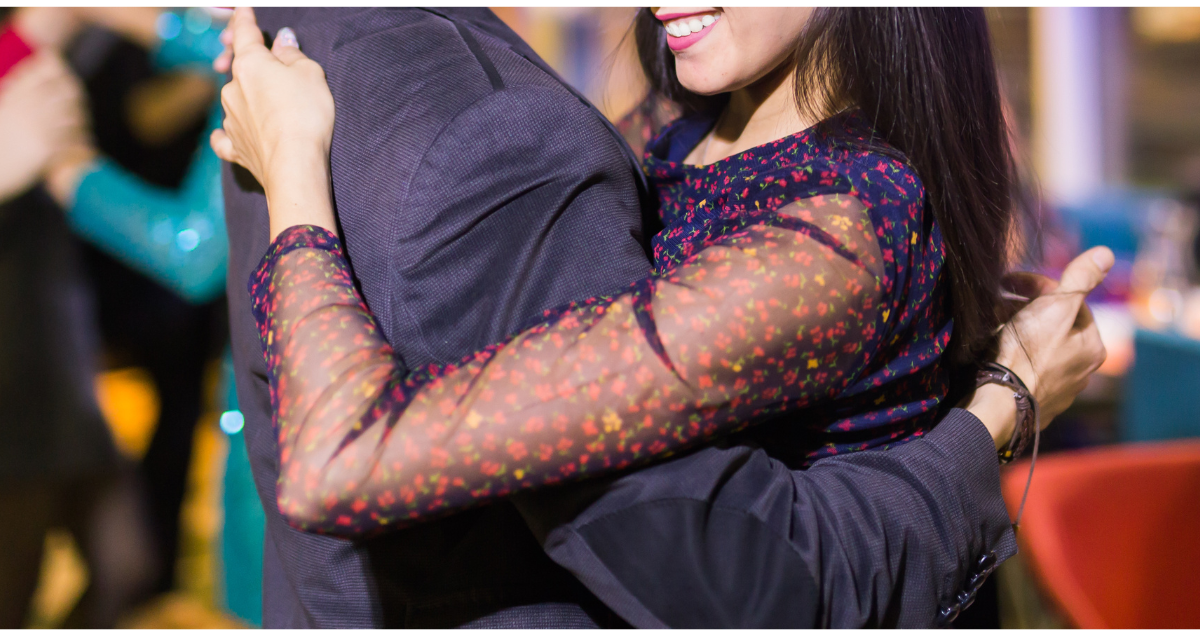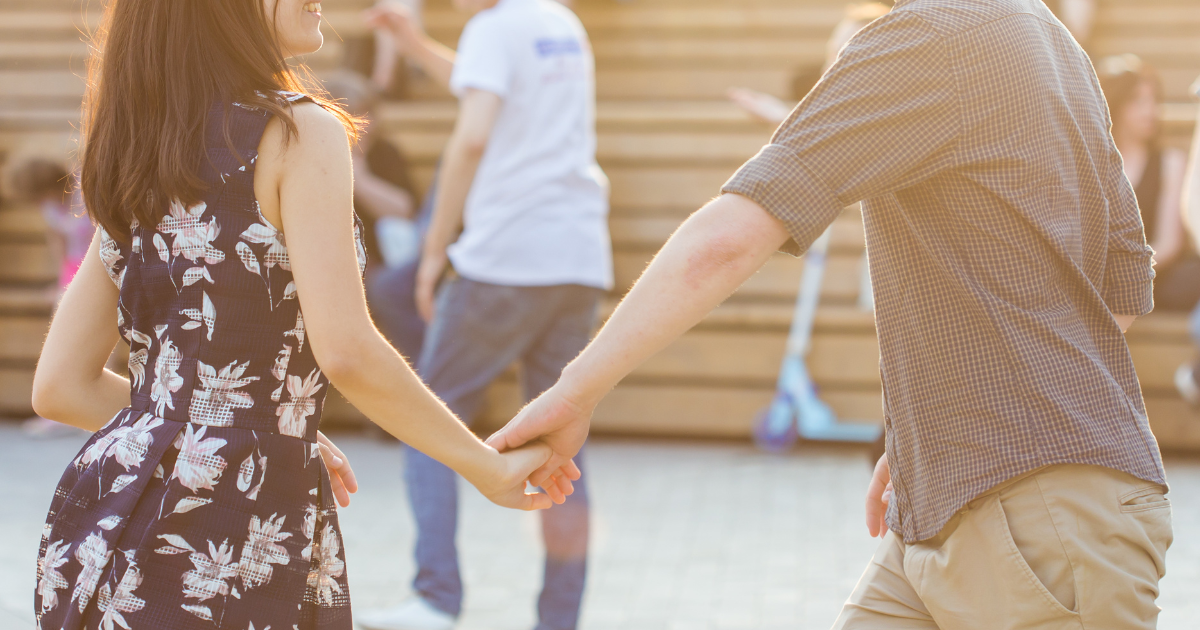What is Bachata Dancing? History, Style, and Why It’s Gaining Popularity
Bachata is more than just a dance; it’s a heartbeat that pulses through culture, community, and connection. Rooted in the Dominican Republic, this sensual Latin dance has grown from modest beginnings into a worldwide phenomenon, charming dancers with its emotional depth and rhythmic allure. Whether you're new to Latin dance or a seasoned mover, Bachata offers an accessible yet expressive form of movement that continues to win hearts globally.
Key Takeaways
Bachata is a Dominican-born dance known for its close partner connection, sensual rhythm, and heartfelt expression.
The dance evolved from social stigma into a globally embraced movement blending tradition with modern styles.
Bachata music features guitars and percussion that create an emotional, slow-paced rhythm ideal for storytelling through movement.
Styles like Traditional, Modern, and Sensual Bachata offer diverse ways to experience and express the dance, from playful footwork to intimate body rolls.
Its global popularity continues to grow thanks to beginner-friendly steps, strong community support, and viral influence across social media.
What Is Bachata Dancing?
Bachata is a Latin dance style and music genre that originated in the Dominican Republic. At its core, Bachata is defined by close partner connection, smooth hip movements, and a four-step beat pattern. The dance blends musicality with emotional storytelling, often exploring themes of romance and heartbreak.
Emerging from Dominican neighbourhoods, Bachata combines African, European, and indigenous influences. Its musicality is typically slow and melodic, while the dance is intimate and flirtatious, often evoking deep emotional resonance between partners. Today, Bachata is celebrated globally for its beauty, sensuality, and approachable nature.
The Origins and Evolution of Bachata
Humble Beginnings in the Dominican Republic
Bachata found its voice in the 1960s, growing from the backstreets of Santo Domingo where it was affectionately known as the "music of the barrios." It echoed the daily struggles and longings of working-class Dominicans, telling stories of heartbreak, loneliness, and lost love.
The genre was strongly shaped by bolero music, mixed with the rhythms of son and African percussion. Its raw and emotional character resonated with many, but it was long associated with poverty and marginalisation, often shunned by the upper classes.
From Stigma to Celebration
For decades, Bachata faced cultural stigma and censorship. It was rarely played on national radio stations and was often dismissed as vulgar or unrefined. But its underground popularity could not be silenced.
As more Dominicans embraced the genre, and musicians refined the style, Bachata gradually earned space in the mainstream. Street performances, house parties, and local venues helped amplify its reach, allowing it to flourish organically.
Global Rise in the 2000s
In the early 2000s, artists like Aventura and Romeo Santos brought Bachata to the international stage. Their modern interpretations incorporated R&B, pop, and hip-hop, appealing to a wider audience while retaining its Dominican soul.
Suddenly, Bachata was being danced at festivals, clubs, and classes across the globe. The genre evolved, but its essence remained untouched: passion, connection, and rhythm. It became one of the most recognisable Latin dance styles worldwide.
Musical Foundations of Bachata
Instruments That Shape the Sound
The signature Bachata sound is created through a blend of key instruments:
Lead guitar (requinto) for melodic embellishments
Rhythm guitar for chord progressions
Bass guitar that anchors the beat
Bongos for percussive flair
Güira, a metal scraper, providing that distinct, syncopated rhythm
This combination offers a sensual, flowing groove that perfectly complements the dance’s expressive nature.
Lyrics and Emotion
Bachata lyrics often explore themes of love, longing, betrayal, and desire. It is known for its emotional storytelling, using poetic language to narrate complex feelings. Many songs are deeply personal, drawing listeners in with raw vulnerability. This emotional intensity is mirrored on the dance floor, where each step reflects the music’s sentiment.
Bachata vs Other Latin Genres
Here’s how Bachata compares to other Latin dances:
| Dance Style | Tempo & Rhythm | Movement Style | Partner Connection | Overall Feel |
|---|---|---|---|---|
| Bachata |
Slow to moderate, syncopated |
Grounded, flowing hip motions | Very close, often intimate | Romantic & expressive |
| Salsa |
Fast, energetic |
Spins, turns, and sharp footwork | Close but dynamic | Lively & fiery |
| Merengue |
Fast, steady beat |
March-like, repetitive | Moderate connection | Playful & upbeat |
Bachata stands out for its emotional tone and grounded sensuality. The close embrace, subtle body movements, and lyrical storytelling through dance make it a compelling choice for those drawn to intimacy and rhythm.
Styles of Bachata Dance
Traditional (Dominican) Bachata
The original form of Bachata is footwork-heavy, with fast direction changes and syncopated rhythm. It often incorporates tap steps and hip movements, danced close but with a light, playful energy. Traditional Bachata reflects the dance’s street roots, with improvisation and musicality taking centre stage. Watch a Traditional Bachata demo.
Modern Bachata
As Bachata reached international stages, it evolved into a smoother, more dramatic form. Modern Bachata incorporates turns, dips, and body waves, drawing influence from ballroom dance. It is widely taught in dance studios around the world and is often the most accessible style for beginners. See Modern Bachata in action.
Sensual Bachata
Sensual Bachata developed in Spain and focuses on body isolations, close contact, and fluid transitions. It emphasises the connection between partners through slow, intimate movements. While popular for its aesthetic appeal, Sensual Bachata has sparked debates about how far the style deviates from its Dominican roots. Watch Sensual Bachata performance.
Fusion and Urban Bachata
This genre blends Bachata with urban street styles, such as hip-hop and zouk. It’s experimental, bold, and constantly evolving, reflecting the creativity of younger generations. Urban Bachata is especially prominent on social media platforms, making it a driving force in the genre’s modern popularity. Explore Urban Bachata fusion.
Why Is Bachata Gaining So Much Popularity?
It’s Easy to Learn for Beginners
One of Bachata’s strongest appeals is its simplicity. With a basic four-step pattern and slow tempo, newcomers can pick up the rhythm quickly. Unlike other Latin dances that require fast footwork or complex timing, Bachata is more forgiving and beginner-friendly.
Sensual, Social, and Addictive
Beyond the steps, Bachata is about connection. It builds trust, body awareness, and emotional vulnerability on the dance floor. Dancers often find the experience meditative, therapeutic, and surprisingly addictive. It becomes less about technique and more about shared feeling.
A Community-Driven Dance
Bachata thrives in community. Social dance nights, international congresses, and weekly classes offer welcoming spaces to meet, move, and grow. The supportive, inclusive atmosphere makes people feel like they belong, even if they're dancing for the very first time.
Rising Pop Culture Influence
With platforms like TikTok and Instagram, Bachata has reached new audiences. Viral dance videos, workshops with global influencers, and celebrity endorsements have played a massive role in its popularity. It’s not just a dance anymore—it’s a cultural movement that speaks to people across generations and continents.
Bachata Around the World
Here’s a snapshot of how Bachata has spread globally:
| Region | Notable Cities | Popular Events/Festivals | Influence/Style Focus |
|---|---|---|---|
| Dominican Republic |
Santo Domingo |
Festival del Merengue y Bachata | Traditional footwork-focused Bachata |
| United States |
New York, Los Angeles |
Bachata Paradise, DCBX | Urban, Sensual, Fusion styles |
| Spain |
Madrid, Barcelona |
Bachata Spain Festival | Sensual Bachata origins & technique |
| Australia | Brisbane, Melbourne | Sydney Latin Festival, Brisbane Latin Dance Festival | Social and fusion styles |
| UK | London, Manchester | Bachata UK Congress, BachaKiz | Modern and Sensual fusion |
| Europe | Paris, Berlin, Amsterdam | Bachata Day Italy, Paris Bachata Festival | Diverse styles with strong Sensual lean |
| Latin America | Colombia, Mexico, Brazil | Local congresses, open-air socials | Regional flavour with Dominican roots |
Global Hotspots for Bachata Dancing
Bachata is now taught and performed across the United States, Europe, Australia, Asia, and Latin America. Major cities like New York, Barcelona, Sydney, and London host festivals that bring together thousands of dancers. Australia, in particular, has seen a surge in Latin dance interest, with Brisbane and Melbourne becoming vibrant hubs for Bachata culture.
How Different Cultures Interpret Bachata
Every region brings its own flavour to Bachata. Some fuse it with local dance forms, while others stay true to the Dominican style. The globalisation of Bachata also raises discussions about cultural appropriation versus appreciation. Many instructors now emphasise learning about the dance’s roots and respecting its origins while embracing innovation.
Benefits of Learning Bachata
Physical Fitness and Coordination
Dancing Bachata strengthens your legs, core, and balance, while improving posture and flexibility. It’s a fun cardio workout that doesn’t feel like exercise. Even a casual night of dancing burns calories and boosts endurance.
Emotional Expression and Stress Relief
Few activities allow such free-flowing emotional release as dance. Bachata, in particular, lets you express joy, longing, confidence, and even sadness. This release often brings a sense of calm and emotional clarity.
Cultural Appreciation and Connection
Learning Bachata opens a window into Dominican culture and broader Latin heritage. It’s not just about movement; it’s about understanding rhythm, tradition, and people. This cultural exchange fosters empathy and appreciation across borders.
Social Bonding and Confidence Boost
Dancing with others fosters connection, trust, and communication. It’s a great way to meet new people, expand your circle, and build social confidence. Whether you’re shy or outgoing, Bachata welcomes you in.
How to Start Dancing Bachata
Find a Class Near You
The first step is finding a class that suits your level and style preference. Look for studios that emphasise both technique and community. If you can’t find one locally, there are plenty of online platforms offering high-quality tutorials and workshops.
What to Wear and Expect in a Class
Comfort is key. Opt for non-restrictive clothing and light shoes with smooth soles. Many dancers prefer dance heels or jazz shoes, but beginners can start with sneakers. Classes usually begin with a warm-up, followed by footwork and partner drills. You’ll learn the roles of lead and follow, as well as how to connect with the rhythm.
Tips for Beginners
Practice regularly, even if it’s just five minutes a day. Listen to Bachata playlists to immerse yourself in the music and start recognising rhythm patterns. Most importantly, allow yourself to make mistakes and have fun. Bachata isn’t about perfection—it’s about feeling the music and connecting with others.
Why Bachata Dancing Deserves a Place in Your Life
Bachata has captured hearts around the world for good reason. It blends emotion, rhythm, and human connection in a way few dances do. Every sway of the hips, every tender step, tells a story—a story we all share, no matter where we’re from.
At My Little Havana, we celebrate Bachata not just as a dance, but as a lifestyle. Whether you're dancing in Brisbane or dreaming of the Dominican sun, you're part of something beautiful. If you're ready to take the first step, we’re here to help you move with heart.




